This Santa Cruz Guitar has a countersunk truss rod:
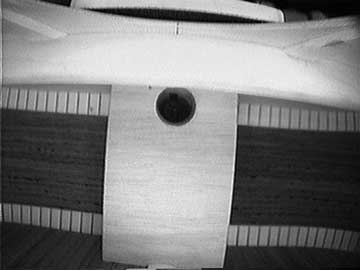
Yes, I'm sure it's down in there somewhere!
Found it! The truss rod nut is actually countersunk into the end of the neck itself, and lies way back up in there:
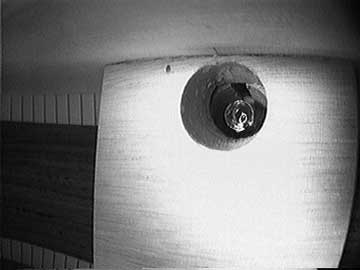
It looks lumpy because it's actually a 3/8" nut brazed to the end of a double acting truss rod. The deep hole actually makes it very easy to locate working "blind" with a 3/8" nut driver or socket wrench. The double action works very well, by the way.
Now, speaking of truss rods that are hard to find, check out this National Resophonic:
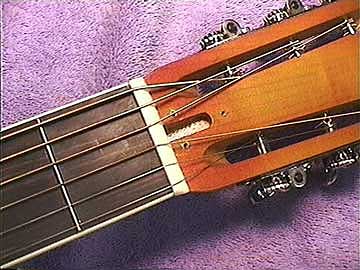
The truss rod pocket looks empty, doesn't it?
Oh, THERE you are!
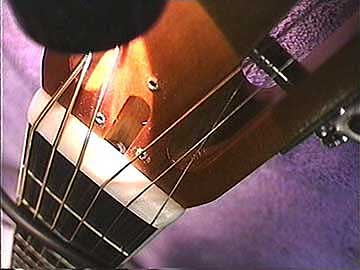
This guy really hides deep in his hole.
But, that old ball end hex key will get him:
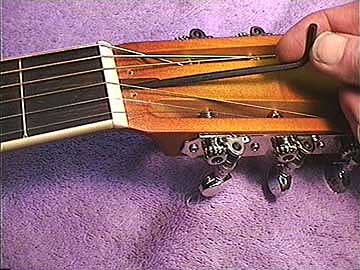
Well, I just didn't know where to put this one:
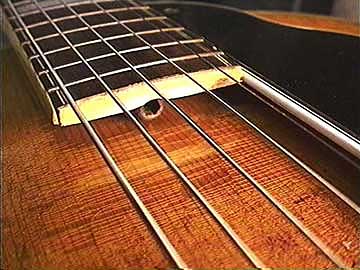
This is an early Epiphone archtop guitar with an adjustable truss rod which has access right at the end of the cantilevered fingerboard. I'm sure it's the first use of the hex key truss rod with the nut at this end, but that's not why I'm showing it.
This Epiphone is just about the worst design ever for an adjustable truss rod. It really does work backwards. Mounted right under the fingerboard, it works by PUSHING only. The rod is threaded through its length, and screws through a heavy steel slug buried below the 13th fret. Up by the nut there's another steel anvil against which the truss rod pushes when tightened. It's actually trying to bend the neck backward by stretching the fingerboard side.
If you remember that cross section, you can see what a job that is! In order to have any affect at all, the rod must be tightened with incredible force. It does work. Not well, and only weakly, but it does bend the neck a little.
Now, as if you haven't had enough, click here to see how I use the compression style truss rod in my bathroom.